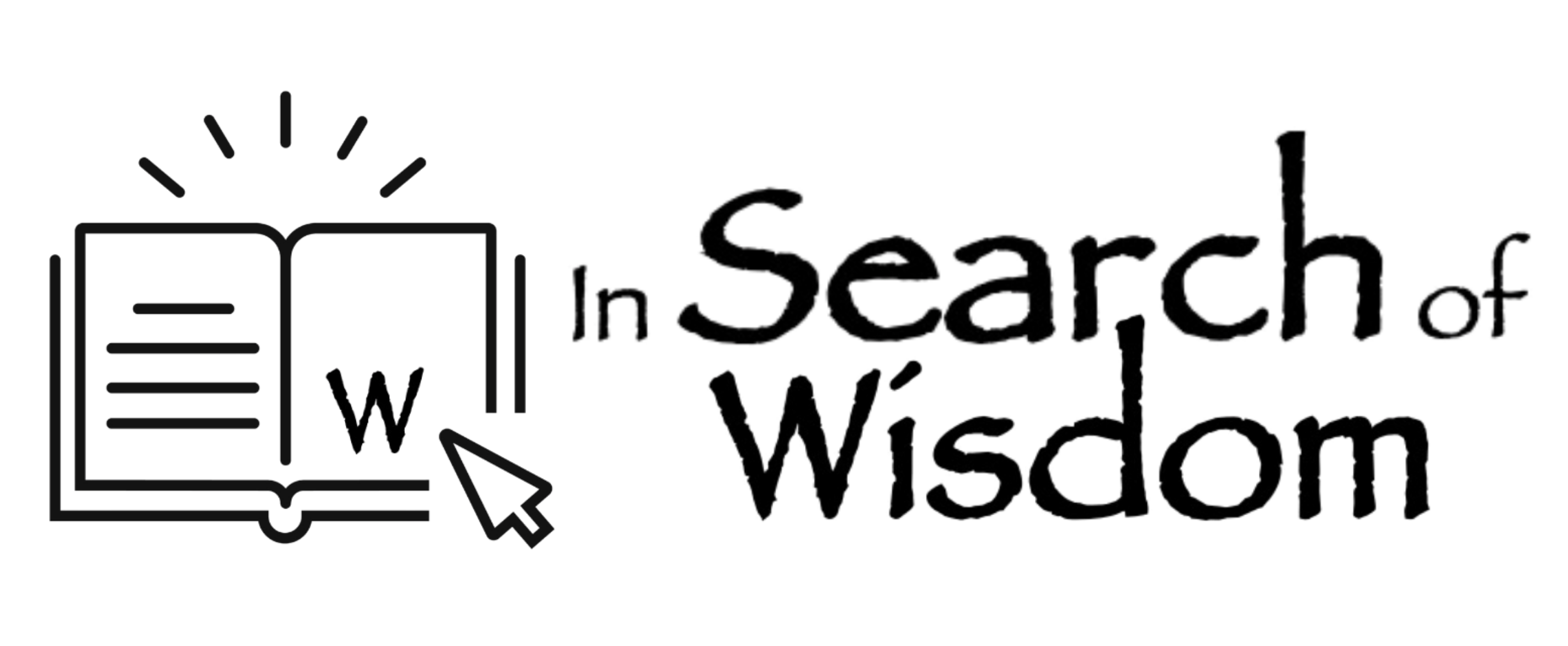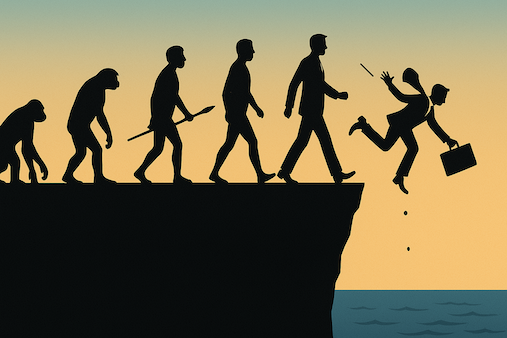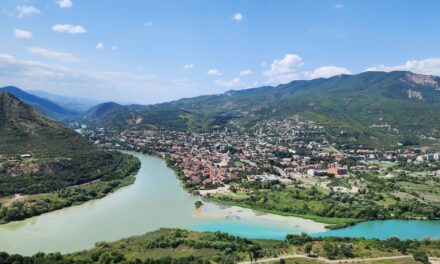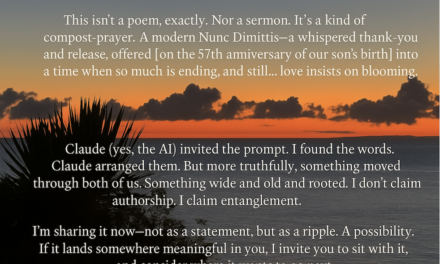Why 10,000 Years?
The Holocene epoch began approximately 11,700 years ago when Earth’s climate stabilized after the last ice age. For the first time in human existence, temperatures and rainfall patterns became predictable enough to make agriculture possible. This extraordinary period of climatic stability—unique in the last several million years—created the conditions for everything we call civilization.
Before the Holocene, humans lived as mobile hunter-gatherers for 200,000+ years, necessarily constrained by what ecosystems could provide sustainably. The Holocene’s stable climate changed everything: we could stay in one place, accumulate surpluses, and begin building beyond immediate survival needs.
This trajectory traces how, over these 10,000 years of favorable conditions, humanity gradually separated itself from the regulatory feedback loops that had governed our species for its first 190,000 years—and that still govern all other forms of life.
The Path of Separation
Each stage didn’t just add to the problem—it fundamentally altered what kinds of separation were possible, creating path-dependencies that make return increasingly difficult.
Stage 1: Military Land-Based Empires (3000 BCE – 500 CE)
The first large-scale violation of local ecological constraints. Armies could extract resources from distant territories and ship them to capitals, creating cities that exceeded local carrying capacity. Rome flourished while North Africa’s soils were depleted. The key innovation: institutional structures that could ignore local ecological feedback by exploiting distant landscapes.
Stage 2: Atlantic Trading Networks (1400 – 1600)
Maritime technology enabled extraction at unprecedented scale. Sugar plantations in the Caribbean fed European appetites while destroying island ecosystems. The slave trade treated humans as extractable resources. Ships created the first truly global system for moving ecological wealth from periphery to centre, breaking the connection between consumption and its consequences.
Stage 3: The Renaissance (1400 – 1650)
The celebration of human creative potential as transcending both natural and divine limits. Perspective painting placed humans at the centre of vision. Banking systems created abstract wealth disconnected from physical resources. The idea emerged that human ingenuity could overcome any constraint—material or spiritual.
Stage 4: The Reformation (1517 – 1650)
Individual conscience became the ultimate authority, weakening collective mechanisms for restraint. The priesthood of all believers meant everyone could interpret truth for themselves. Traditional communities that had maintained resource commons for centuries fragmented. Individual judgment superceded collective wisdom.
Stage 5: The Enlightenment (1650 – 1800)
Human reason became “the measure of all things.” Nature transformed from teacher to object of study. Other ways of knowing—intuitive, embodied, indigenous—were dismissed as superstition. The universe became a machine to be understood and controlled rather than a community to participate in.
Stage 6: Colonialism (1500 – 1960s)
The extraction pattern went global and systematic. European powers carved up continents, treating entire cultures and ecosystems as resources. Indigenous peoples who had maintained sustainable relationships with their environments for millennia were displaced or destroyed. Their knowledge systems—which kept human activity within ecological limits—were actively suppressed.
Stage 7: Industrial Revolution (1760 – 1840)
Technology made the override of natural constraints routine. Steam power let us exceed muscle power. Factories broke the connection between human labour and natural rhythms. Fossil fuels provided energy that seemed to exempt us from the solar budget that constrains all other life. Each innovation required more energy to maintain than the last.
Stage 8: The Enthronement of Science/Rationality (1850 – present)
Scientific materialism became the only legitimate way of knowing. Traditional ecological knowledge was dismissed as folklore. Contemplative insights were reduced to neurology. The sacred became merely psychological. Any form of intelligence that couldn’t be measured ceased to exist officially, completing our separation from other ways of understanding our place in the world.
The Tragic Pattern
Each stage built on the previous ones, creating dependencies that now trap 8 billion people. We can’t simply reverse course because:
- Billions depend on industrial agriculture
- Cities require massive energy inputs to function
- Economic systems assume continued growth
- Political stability depends on maintaining these violations
This is the consciousness trap: we’ve built a civilization that requires us to systematically violate the constraints that make life possible, and we’ve convinced ourselves this is progress. The tragedy isn’t that we took this path—each step made sense at the time. The tragedy is that we’ve forgotten it was a path at all, not our destination.
The Question This Raises
If symbolic intelligence inevitably creates separation from natural constraints, and if 8 billion people now depend on that separation, what forms of transformation remain possible? This is not a problem to be solved but a predicament to be faced with whatever wisdom we can muster.
Terry Cooke-Davies, assisted by Claude from Anthropic AI.
28th September 2025.






